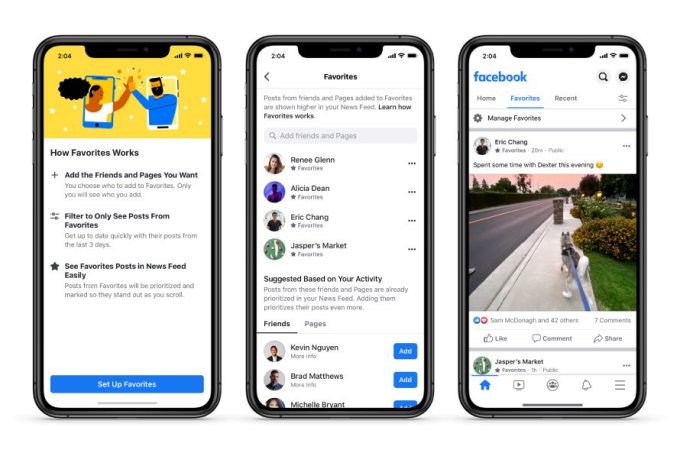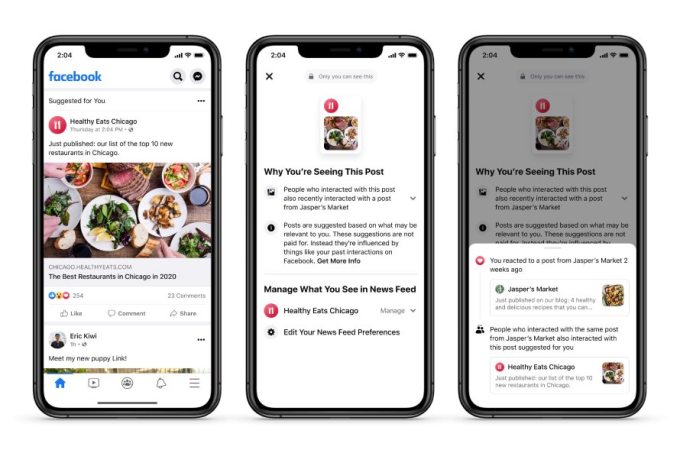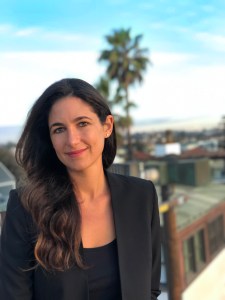News: Coursera prices IPO at top end of its range in boon to edtech valuations
Coursera, an edtech unicorn, will begin its life today as a public company after pricing its IPO at $33 per share yesterday evening. Using a simple share count, the company’s valuation comes to $4.30 billion, or $4.38 billion if its underwriters exercise their option to purchase shares at its offering price. A more diluted share
Coursera, an edtech unicorn, will begin its life today as a public company after pricing its IPO at $33 per share yesterday evening. Using a simple share count, the company’s valuation comes to $4.30 billion, or $4.38 billion if its underwriters exercise their option to purchase shares at its offering price.
A more diluted share count pushes the valuation of Coursera over the $5 billion mark.
Coursera was last valued at $2.57 billion after raising $130 million in mid-2020, per PitchBook data. The company’s simple valuation is around a 67% gain on that final private figure; that gain rises to just over 70% if its underwriters purchase their available shares.
Using a diluted valuation, Coursera has roughly doubled its final private price. In under a year. For edtech investors looking to Coursera to help determine public market sentiment regarding the exit-value of their investments, TechCrunch reckons it’s a pretty good day.
The amount of private capital at play in edtech startups is staggering; billions and billions of potential returns could get a further shot in the arm if Coursera trades well this morning. And the very same billions of invested capital could lose the smile that Coursera’s seemingly-strong IPO pricing brought them.
There are other edtech debuts in the wings. TechCrunch has covered Nerdy’s plans to go public, via a SPAC, for example.
Private investors, who put well north of $10 billion into edtech companies globally in 2020, are modestly bullish on edtech exit volume this year. In a prior TechCrunch venture capitalist survey, GSV managing partner Deborah Quazzo said the following:
Exit volume is rising already with a wide range of strategic and financial buyers of edtech companies — something that didn’t exist before. You will see numerous high-value exits in the first half of 2021. It’s the public market “exits” that have really lagged and that I hope turns around in 2021 and 2022. There are numerous global companies that could go public and the addition of SPAC IPOs creates another positive dynamic.
The Coursera IPO pricing at least, meets the mark for a high-value exit. Which could lead where? Extending Quazzo’s thinking a single step, perhaps a strong Coursera first-day trading session will bolster SPAC interest in taking more edtech startups and unicorns public.
Such a move could lock-in valuations for a number of currently illiquid edtech startups, and perhaps begin to return chunks of invested capital in the historically out-of-fashion technology sector.
Adding to that sentiment is Owl Ventures’ managing director Ian Chiu, who told TechCrunch in the same survey that “the pipeline for potential IPO candidates coming from the edtech sector continues to grow larger.” Let’s hope — parsing the Coursera S-1 filing was good fun and we’d like another at-bat with an edtech IPO document.
More when Coursera trades.






